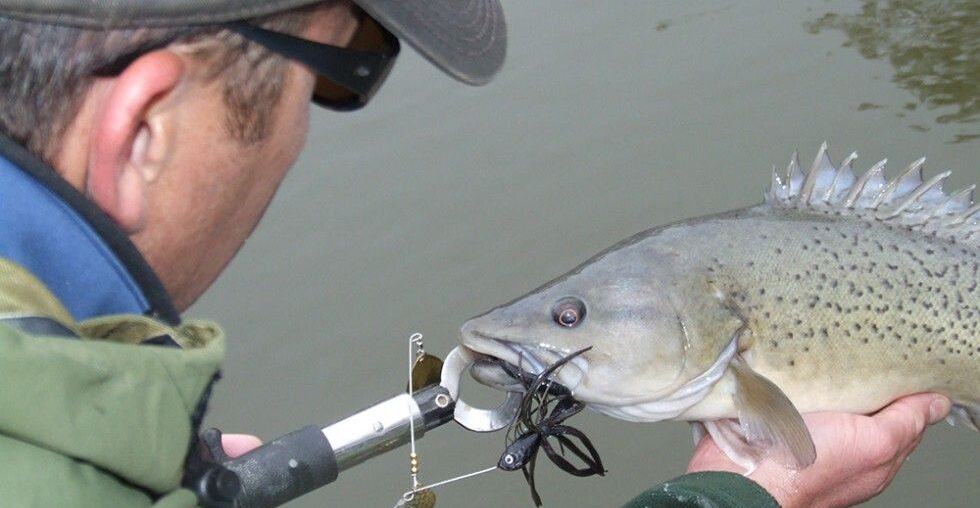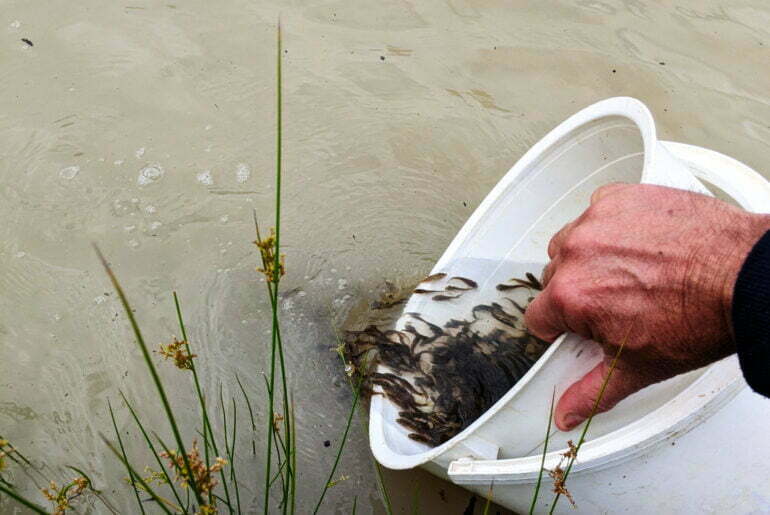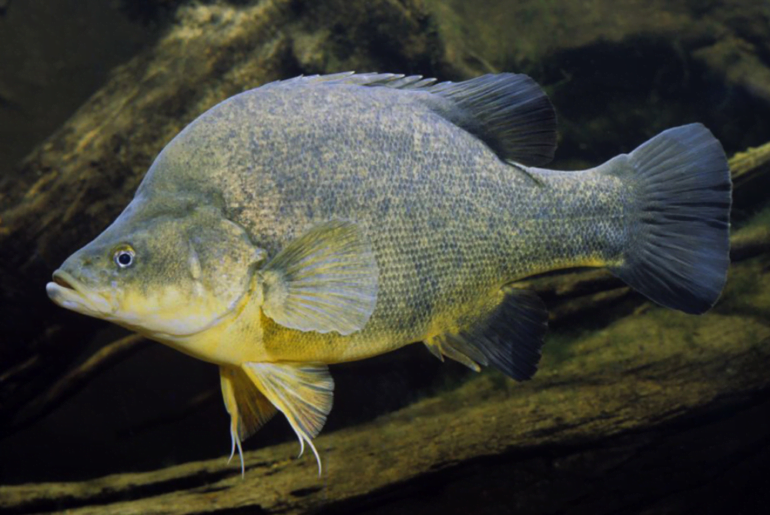Population models are mathematical models constructed using information about a species’ biology and life history, and enable the user to predictively ‘test’ management scenarios, and understand factors that may impact positively or negatively on a population. This study set out to assess the potential development of population models for priority species in the MDB and provide an indication of the use of these types of models in natural resource management
Findings:
A review of population models in natural resource management raised a number of concerns in relation to the ability to get appropriate information from the primary literature. The review did find some good examples of where population models have been used to inform management and policy, mainly in a fishery management context. There are some examples where models have influenced management and policy development in freshwater research such as the Trout cod model. Although the review found there was strong interest in the development of models, there needs to be a concerted effort from all interested parties to ensure models are used by the intended end-user to influence policy and management outcomes.
This study also surveyed a number of fish and fishery managers in the Murray-Darling Basin to establish a list of fish species of most concern. Twenty five species were recorded as of most concern and these were scored for priority. A further survey of scientists and managers was conducted to assess data availability that could be used in a model similar to that developed for Murray cod. Key species of concern were:
- Trout cod (Maccullochella macquariensis)
- Silver perch (Bidyanus bidyanus)
- Macquarie perch (Macquaria australasica)
- Murray hardyhead (Craterocephalus fluviatilis)
- Golden perch ( Macquaria ambigua ambigua)
- Two-spinned blackfish (Gadopsis bispinosus)
- Carp (Cyprinus carpoi)
- Brown trout (Salmo trutta)
- Rainbow trout (Oncorhynchus mykiss)
Of the twenty five species reviewed, there was sufficient data and life history information existed to enable development of an age structured population model for eight species (in order of concern with rank number): Silver perch (1st); Macquarie perch (2nd); Trout cod (4th); Murray hardyhead (6th); Golden perch (7th); Two-spined blackfish (14th); Carp (17th); Brown trout (23th); and while no data was held in Australia for Rainbow trout (12th), sufficient data is available in the international literature to estimate the required parameters for an age based population model.
As a priority, this study recommended that models be developed for the five species ranked in the top 10 of species of most concern:
- Silver perch
- Macquarie perch
- Trout cod
- Murray hardyhead
- Golden perch
It was also recommended that research be undertaken on the five other species of concern in the top 10, for which there is insufficient information to construct a model, to improve knowledge and/or data to enable models to be developed for these species.
Key messages:
The study has highlighted a short list of native species which require population modelling to provide better guidance for future management actions. Better targeted management actions will provide increased benefits for native fish population on a benefit per resource basis. A number of species were highlighted as having insufficient data available to construct population models. For these species, this study provides researchers with a shortlist of priority research questions, and should better focus attempts at filling knowledge gaps for native fish species of the MDB.
Todd, C. R., Sharley, D. J., Koehn, J.D. and Stuart, I. (2011). Assessment of priority species in the MDB for the potential development of population models. Arthur Rylah Institute for Environmental Research Client Report to the Murray-Darling Basin Authority. Department of Sustainability and Environment: Heidelberg, Victoria.



